Oriel Systems (http://www-orielsystems-com.orielsystems.com) may have become a significant name in wireless telemetry over its more than 25 years in operation, providing innovative data monitoring and collection solutions for firms in the chemicals, water, oil and gas and printing industries. However, it would hardly enjoy such renown if there was not a great number of past and present clients happy to vouch for its expertise. That the company’s list of valued clients includes such names as Virgin, BP, Roche and Unilever suggests that there are plenty of such organisations.
Such a high level of customer satisfaction is owed to not just the basic scalability, reliability and performance of the company’s remote monitoring systems, but also a commitment to satisfactorily fulfilling the most specialised requirements. This commitment is represented by such past case studies as the help and advice given to Middle Level Commissioners of March, a Cambridge based engineering consultancy firm catering for the East of Ouse, Polver & Nar Internal Drainage Board, which had as one of its sites, an outfall sluice in the centre of Kings Lynn. Oriel Systems was asked how one of the most awkward tidal outfall sluices could be automated.
Oriel Systems subsequently designed the perfect telemetry system for the outfall site, which came to be such a success that the system is set to take in other sites over the coming years. But it is far from the only instance of Oriel Systems catering for very specific requirements, with the firm also handed the contract to supply and integrate CCTV and remote monitoring and control systems into BP’s Driver Controlled Delivery system at all UK-wide BP LPG sites. The installation at each site of a PC based control and monitoring software system solved the problem of the Health and Safety Executive’s insistence on the constant presence of two people at each site to oversee the filling operations.
It was also Oriel Systems’ high level expertise in the fulfilment of very particular requirements that was instrumental in its being awarded the contract for the Lindsey Marsh Drainage Board telemetry system’s replacement and upgrading. As England’s largest single drainage board, the LMDB had very strict criteria for a replacement remote telemetry system. LMDB did not wish to run two disparate systems side by side on account of operational and economic inefficiency, and nor was any existing equipment to be replaced, except that which was obsolete or no longer working. Again, Oriel Systems catered for such needs with aplomb, its telemetry system being chosen on the grounds of its functionality and integration of disparate systems into one.
In the telemetry field, it’s all so easy for prospective clients to believe that every supplier is the same. In truth, Oriel Systems’ (http://wwww.orielsystems.com) own wireless telemetry systems have long proved a key differentiator for a wide range of firms that have also been impressed by the company’s unstinting customer service.

 01249 705070
01249 705070